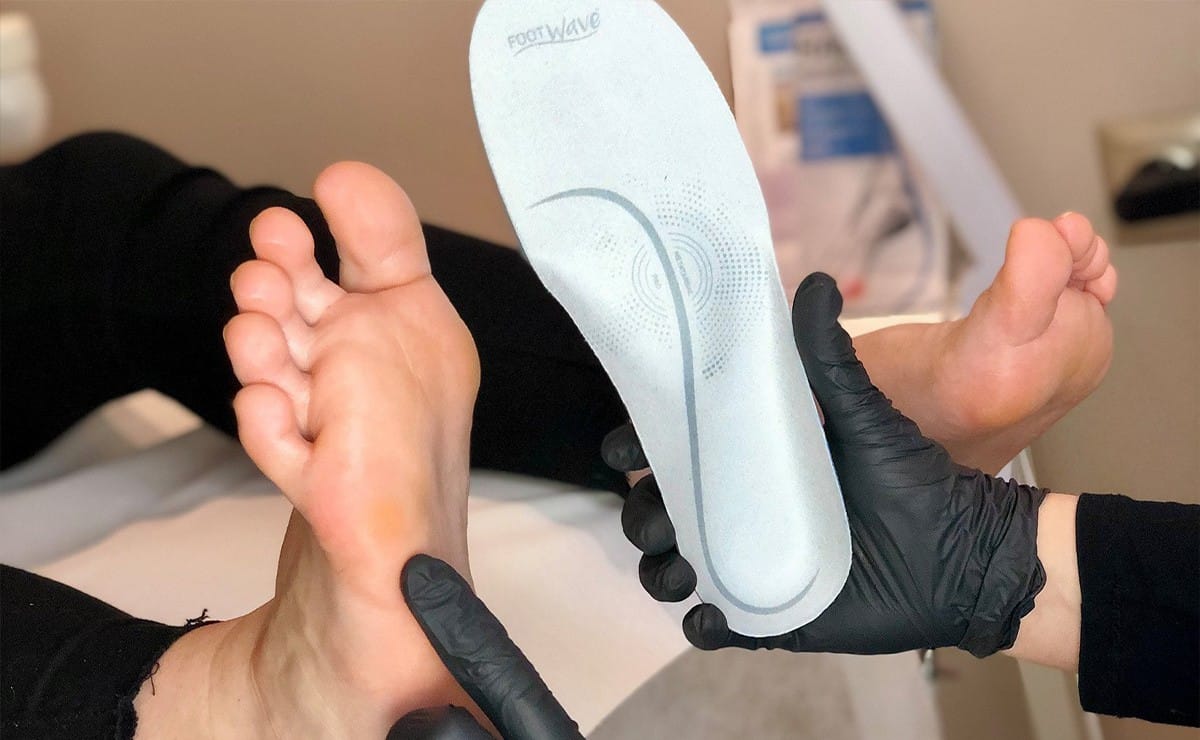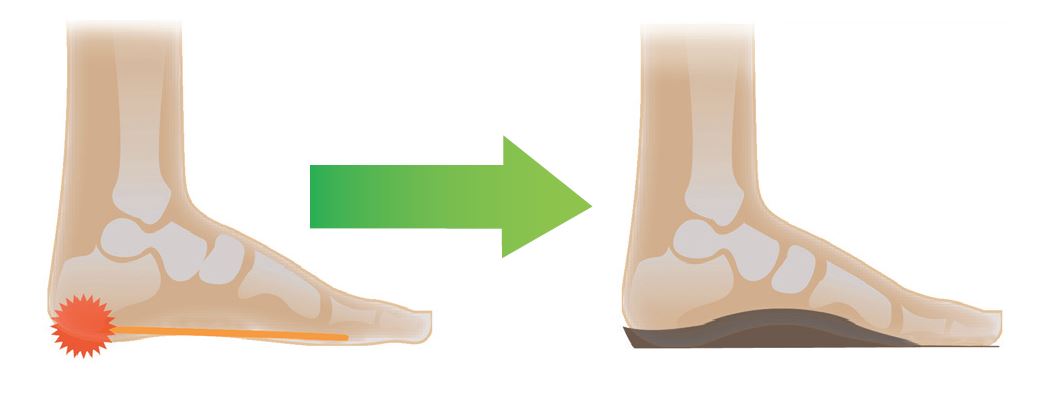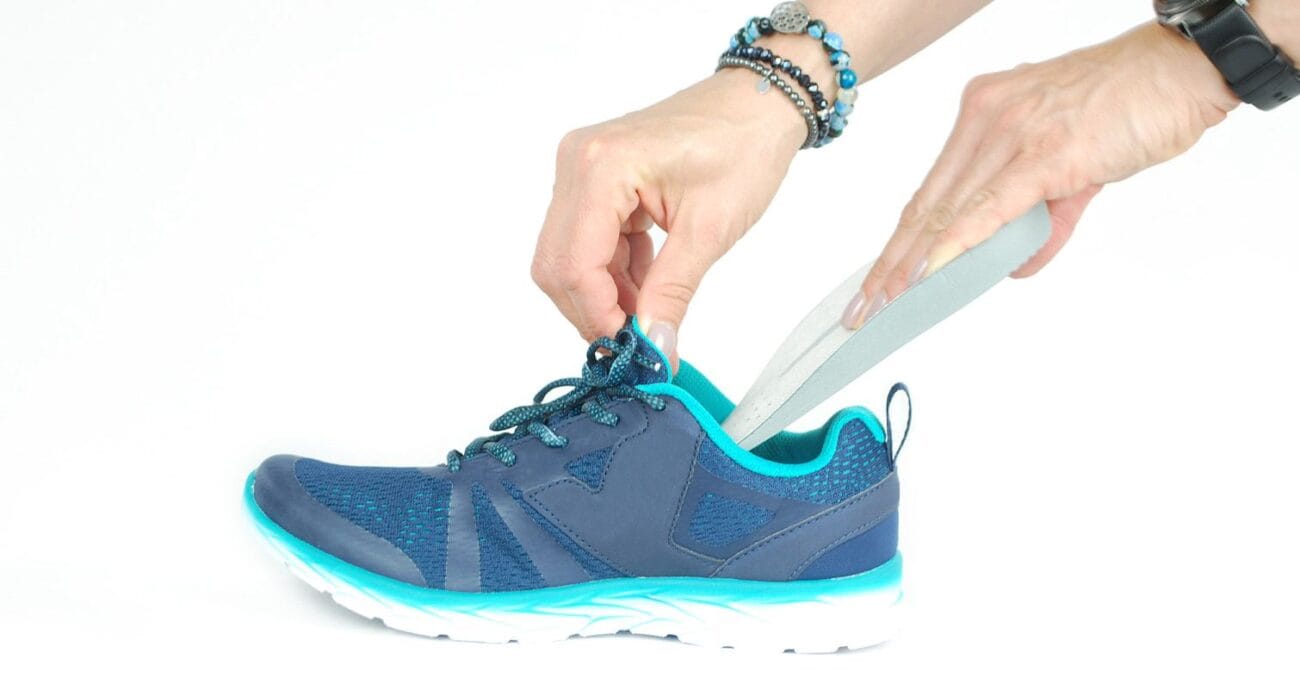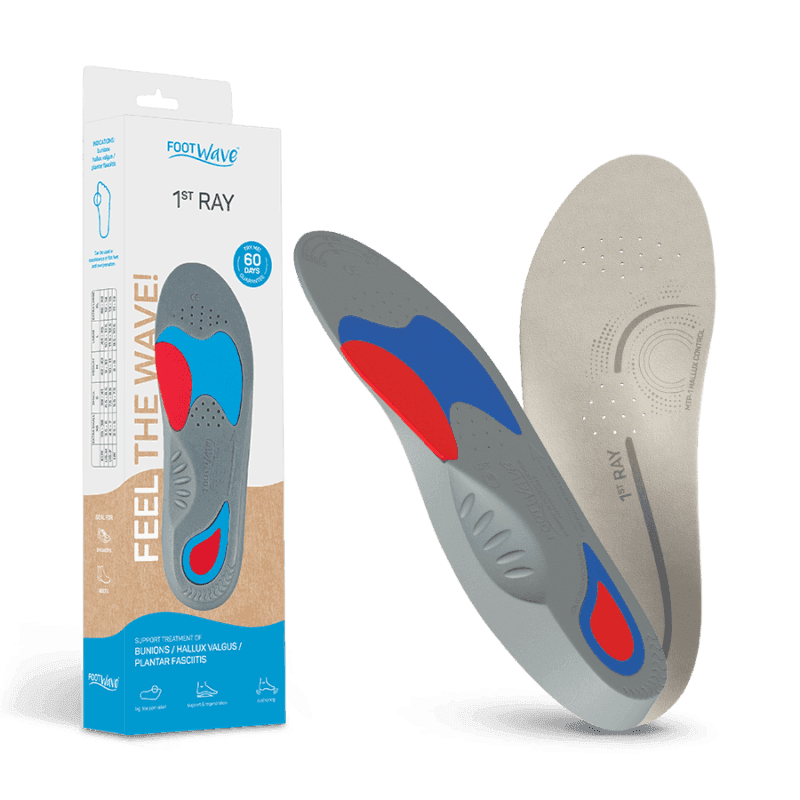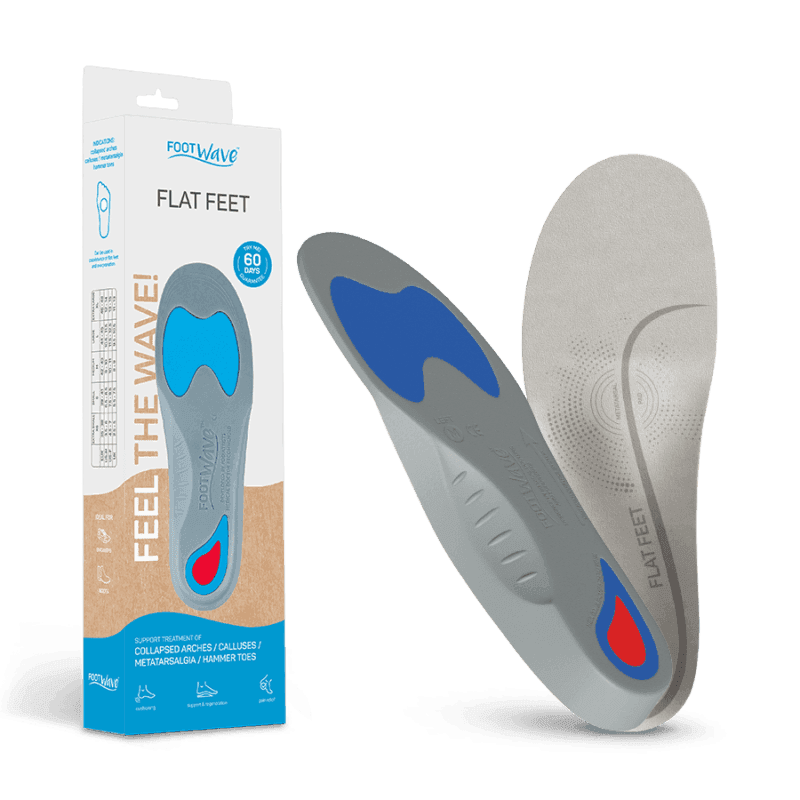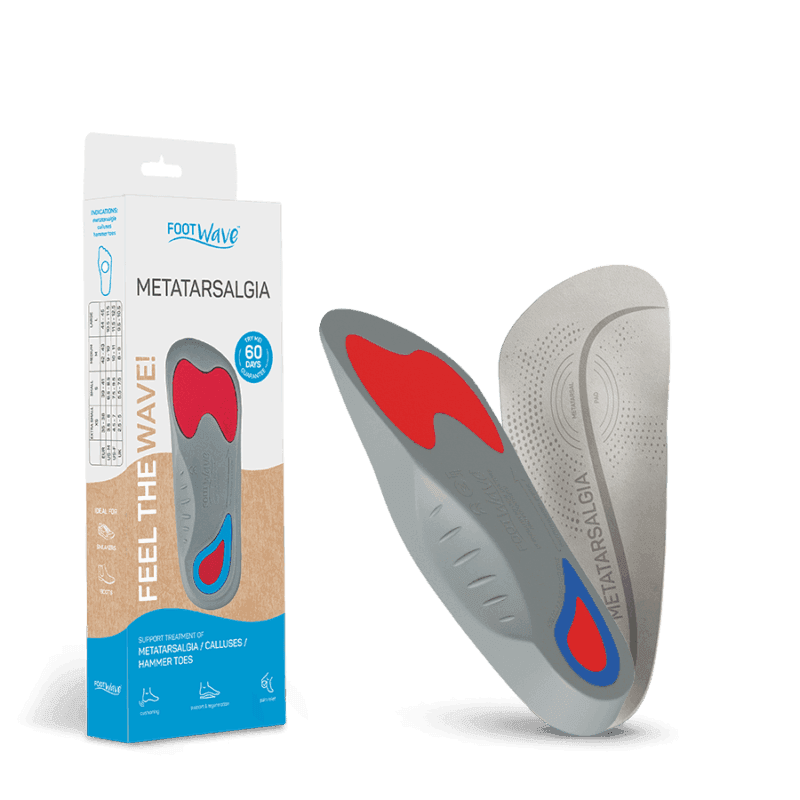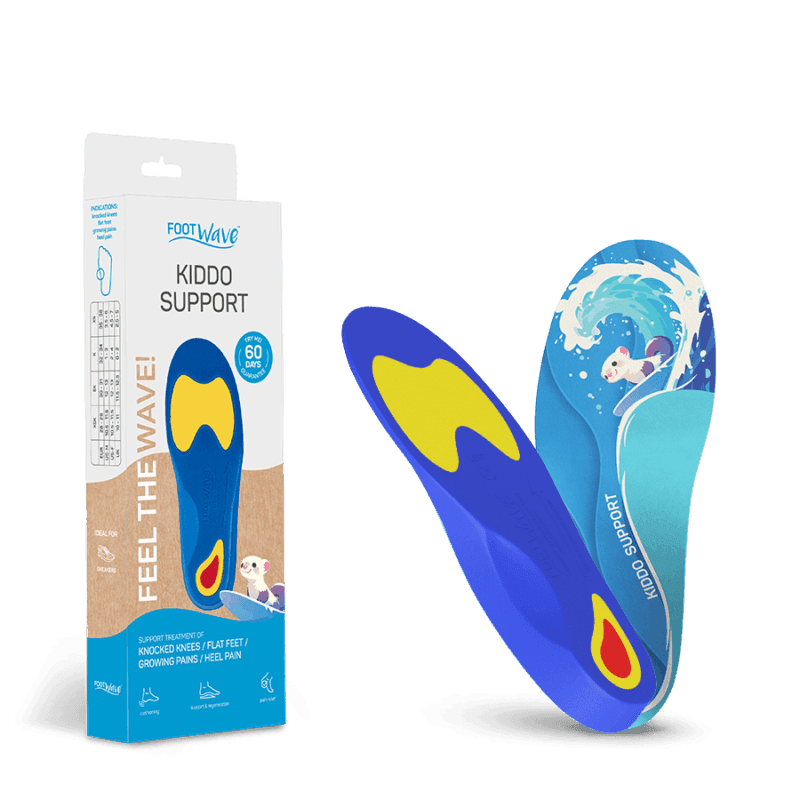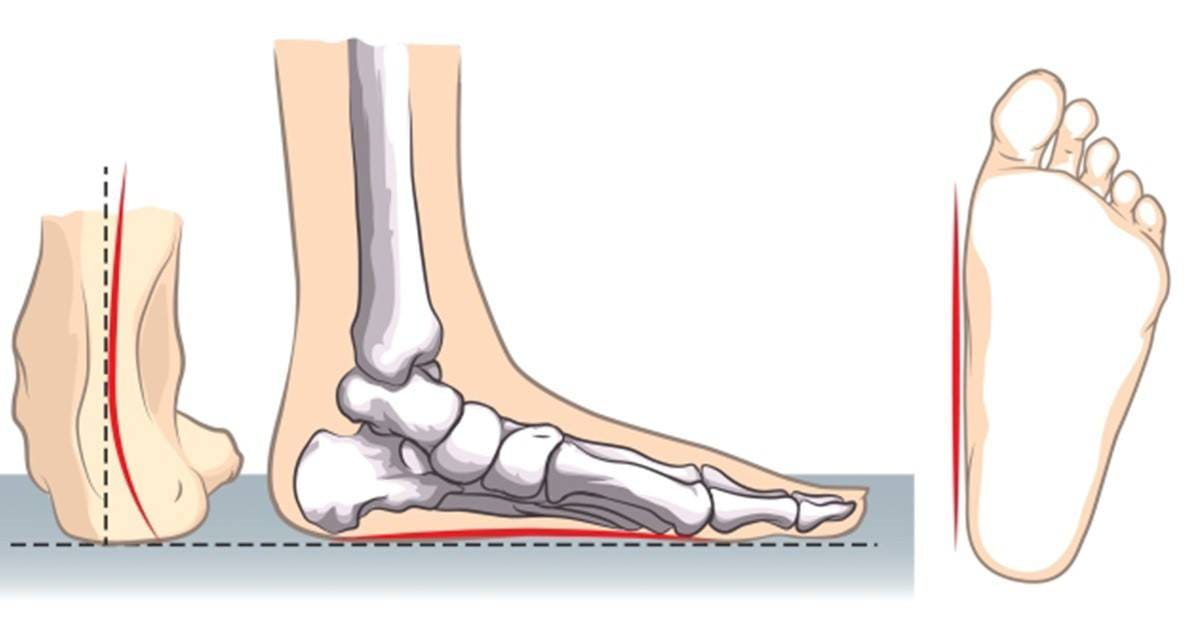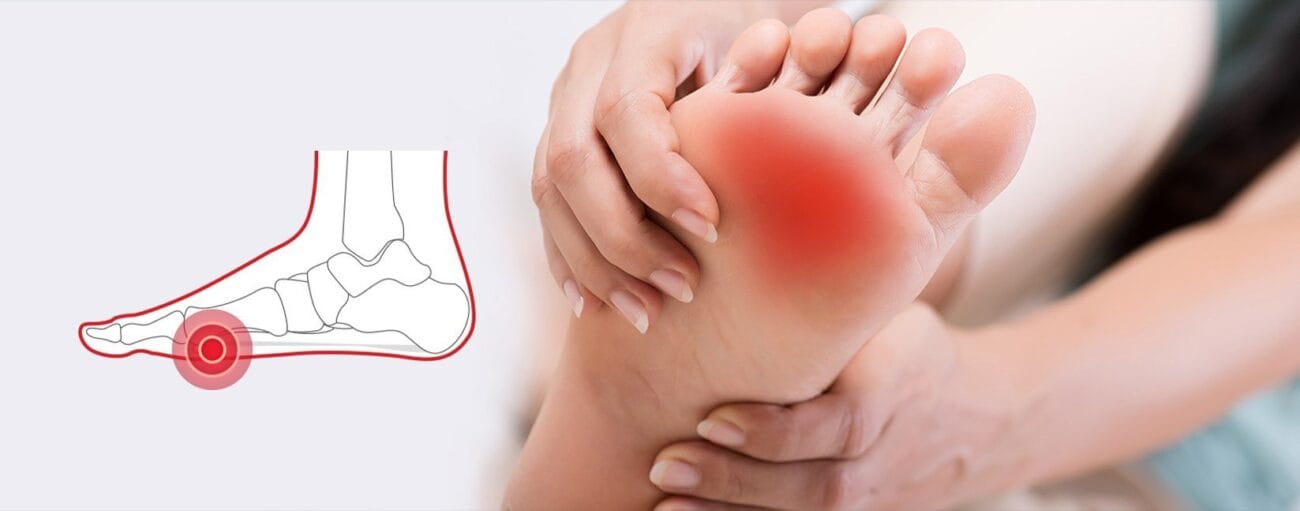Why Use Insoles in Your Shoes?
Insoles are designed to provide added support, correct foot alignment, and improve overall comfort. Whether you suffer from overpronation, flat feet, or simply want to reduce foot fatigue during long days, insoles can significantly improve your well-being.
They help distribute pressure evenly, reduce strain on the arches, and alleviate common issues such as heel pain and plantar fasciitis. Additionally, they extend the life of your shoes by enhancing cushioning and internal structure.
How to Properly Put Insoles in Shoes
Placing insoles into shoes is easy, but to ensure maximum comfort and support, follow these simple steps:
- Remove Existing Insoles: If your shoes have removable insoles, take them out first.
- Trim if Necessary: Some insoles are designed to be trimmed. Use the original insole as a guide to cut the new one to size.
- Position Correctly: Insert the new insole flat inside the shoe, making sure it doesn’t curl or shift. Proper alignment is key for comfort and effectiveness.
Repeat the same process for the other shoe to ensure consistency.
What Types of Insoles Are Available?
Insoles come in different styles and materials to serve various needs:
- Full-Length Insoles: Offer complete support from heel to toe, ideal for running shoes and work boots.
- 3/4-Length Insoles: Provide support for the arch and heel without taking up extra space in tight shoes.
- Orthotic Insoles: Specifically designed to correct biomechanical issues like overpronation or supination.
Choosing the right type depends on your foot structure, activity level, and shoe type.
Can Insoles Help with Flat Feet?
Yes – flat feet occur when the arches collapse, causing the entire foot to come into contact with the ground. This can lead to discomfort and poor alignment. Arch-support insoles help correct this by lifting the arch, redistributing pressure, and improving balance.
Specialized products like FootWave™ FLAT FEET insoles are created specifically to combat overpronation and provide targeted relief for those with flat feet.
What Are Orthotic Insoles and How Do They Work?
Orthotic insoles are designed to address specific foot issues and provide biomechanical correction. By supporting the arch, stabilizing the heel, and redistributing pressure, orthotics help reduce pain, improve gait, and correct posture.
Custom orthotics, often prescribed by podiatrists, are molded to the exact shape of your foot to treat conditions like plantar fasciitis, heel spurs, and severe overpronation.
Are Insoles Necessary for Boots and Sneakers?
Absolutely. Boots and sneakers are typically worn during high-impact or long-duration activities. Insoles in these shoes provide essential shock absorption, added support, and comfort.
For example, FootWave™ SPORT insoles are engineered for athletic footwear, helping maintain stability and protect against strain during exercise or daily wear.
How Do Insoles Improve Comfort and Performance?
Insoles enhance comfort by absorbing shock and supporting the natural shape of your foot. They relieve pressure on key areas, such as the arch and heel, and contribute to better alignment and posture.
This not only reduces foot fatigue but can also improve performance during physical activities, helping you stay active longer and more comfortably.
When Should You Replace Your Insoles?
Like any wearable item, insoles wear out over time. Replace them when you notice:
- Loss of cushioning or reduced support
- Cracks, flattening, or visible damage
- Persistent discomfort despite wearing them
Regular replacement ensures your feet continue receiving the support they need.

What Are the Benefits of Custom Orthotics?
Custom orthotics are individually made to match the contours of your feet. They offer superior benefits, including:
- Improved comfort and shock absorption
- Correction of alignment and gait issues
- Long-term relief for chronic foot and lower limb pain
Though more expensive than off-the-shelf options, custom orthotics are a worthwhile investment for serious foot concerns.
Practical Tips for Choosing the Right Insoles
When selecting insoles, consider the following:
- Foot Type: Identify your arch (low, normal, or high) for the best support match.
- Activity: Pick insoles tailored for your daily activities—running, walking, standing, or work.
- Fit: Make sure the insole fits snugly in your shoe and feels comfortable throughout the day.
If you’re uncertain, consult a podiatrist for personalized recommendations.
Summary
Insoles are a simple yet highly effective way to improve foot comfort, posture, and overall health. Whether you’re dealing with flat feet, joint pain, or just seeking extra support during daily activities, the right insoles can make a significant difference. From orthotic and custom designs to athletic-specific options, insoles offer tailored solutions for every foot type and lifestyle.
By understanding how to choose, insert, and care for your insoles, you take an important step toward long-term foot health and enhanced everyday comfort. Don’t wait for discomfort to slow you down—support your feet and keep moving with confidence.


